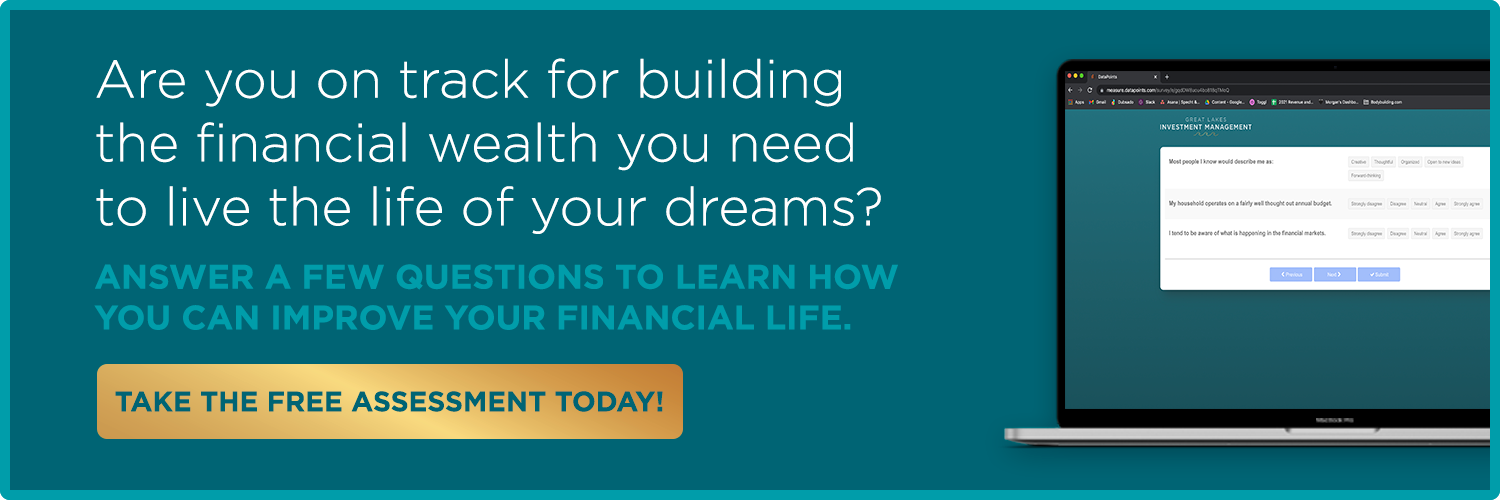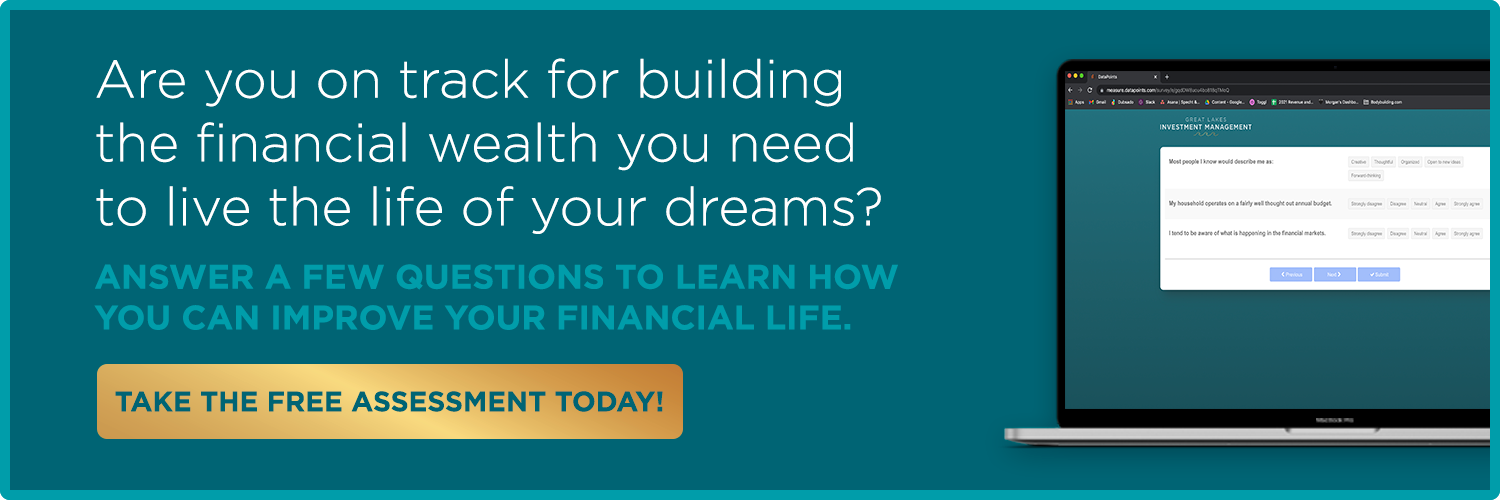Retirement Plan Options for Business Owners

You may be familiar with traditional retirement plans available to employees, but there’s a lot of confusion about retirement plans for self-employed or business owners. The great news is that if you are self-employed or own a business, you can create retirement plans for yourself and any employees you have. Having a retirement plan option for your employees can even benefit your business by attracting quality people who are in it with you for the long haul!
Either way, a huge advantage of having a retirement plan is that you’re able to begin saving for the future. The earlier you start saving, the better, but there is by no means a “wrong” time to start investing or contributing to a plan.
The Benefits of Having a Retirement Plan
Like I mentioned before, having a retirement plan could help you attract qualified employees who wish to stay with your company. This is true whether you have 2 or 200 employees.
Also, in the case of qualified plans and some nonqualified plans, a retirement plan can provide significant tax benefits for both employer and employee. These benefits may include tax-deductible employer contributions, and a tax deferral for employees until funds are distributed from the plan.
Retirement Plan Options for Self-Employed or Small Business Owners
If you own a small business, especially if you’ve come from the corporate world, you know your needs are different than that of a large corporation. When selecting a plan, it’s important to weigh your needs against the benefits of the plan.
(If you need help selecting the right plan for you, you can either contact us for a complimentary consultation.)
There are retirement plan options that are specifically designed for those who are self-employed or small business owners, such as:
- Payroll deduction IRA plan
- Simplified employee pension (SEP) plan
- SIMPLE IRA plan
- Individual 401(k) plan
- Keogh plan (a qualified retirement plan established by a self-employed individual or partnership)
Related reading: Roth IRA vs 401(k) - What's the Difference and Why Does it Matter?
How to Choose The Right Retirement Plan for Your Small Business
With so many different retirement plans to choose from, each with unique advantages and disadvantages, you want to get clear on your goals before selecting a plan. For example, is your goal to maximize the amount you save for your own retirement? Do you want to offer a plan funded by employer contributions or employee contributions, or a combination thereof? Do you want the flexibility to skip employer contributions? Are you concerned about the cost of administering a plan? Would you like to minimize the cost of getting started?
Answers to these questions can help you determine which plan (or combination of plans) is best for your business.
SEPs
The most common plan that I use with my self-employed clients is a SEP. A SEP allows you to set up an IRA (a "SEP-IRA") for yourself and each of your eligible employees. You contribute a uniform percentage of pay for each employee, although you don't have to make contributions every year, offering you some flexibility when business conditions vary. For 2021, contributions for each employee are limited to the lesser of 25% of pay or $58,000 (up from $57,000 in 2020). Most employers, including those who are self-employed, can establish a SEP.
Some advantages of SEPs are that they have low start-up and operating costs and can be established using an easy two-page form. The plan must cover any employee aged 21 or older who has worked for you for three of the last five years and who earns $650 or more.
SIMPLE IRA
Many of my small business owner clients choose to set up a SIMPLE IRA. A SIMPLE IRA plan is available if you have 100 or fewer employees. Employees can elect to make pre-tax contributions in 2021 of up to $13,500 ($16,500 if age 50 or older; both unchanged from 2020). You must either match your employees' contributions dollar for dollar — up to 3% of each employee's compensation — or make a fixed contribution of 2% of compensation for each eligible employee. (The 3% match can be reduced to 1% in any two of five years.) Each employee who earned $5,000 or more in any two prior years, and who is expected to earn at least $5,000 in the current year, must be allowed to participate in the plan.
SIMPLE IRA plans are also very easy to set up. You fill out a short form to establish a plan and ensure that SIMPLE IRAs are set up for each employee. Plan administrative costs are also very low.
Profit-sharing plan
Typically, only you, not your employees, contribute to a qualified profit-sharing plan. Your contributions are discretionary — there's usually no set amount you need to contribute each year, and you have the flexibility to contribute nothing at all in a given year if you so choose (although your contributions must be nondiscriminatory, and "substantial and recurring," for your plan to remain qualified). The plan must contain a formula for determining how your contributions are allocated among plan participants. A separate account is established for each participant that holds your contributions and any investment gains or losses. Generally, each employee with a year of service is eligible to participate (although you can require two years of service if your contributions are immediately vested). Contributions limits for each employee for 2021 are the lesser of $58,000 or 100% of the employee's compensation (up from $57,000 in 2020).
401(k) plan
The 401(k) plan is the one most people are familiar with. With a 401(k) plan, employees can make pre-tax and/or Roth contributions in 2021 of up to $19,500 of pay ($26,000 if age 50 or older; both unchanged from 2020). These deferrals go into a separate account for each employee and aren't taxed until distributed. Generally, each employee with a year of service must be allowed to contribute to the plan.
You can also make employer contributions to your 401(k) plan — either matching contributions or discretionary profit-sharing contributions. Combined employer and employee contributions for any employee in 2021 can't exceed the lesser of $58,000, up from $57,000 in 2020 (plus catch-up contributions of up to $6,500 if your employee is age 50 or older; ) or 100% of the employee's compensation. In general, each employee with a year of service is eligible to receive employer contributions, but you can require two years of service if your contributions are immediately vested.
401(k) plans are required to perform somewhat complicated testing each year to make sure benefits aren't disproportionately weighted toward higher paid employees. However, you don't have to perform discrimination testing if you adopt a "safe harbor" 401(k) plan. With a safe harbor 401(k) plan, you generally have to either match your employees' contributions (100% of employee deferrals up to 3% of compensation, and 50% of deferrals between 3% and 5% of compensation), or make a fixed contribution of 3% of compensation for all eligible employees, regardless of whether they contribute to the plan. Your contributions must be fully vested.
Another way to avoid discrimination testing is by adopting a SIMPLE 401(k) plan. These plans are similar to SIMPLE IRAs, but can also allow loans and Roth contributions. Because they're still qualified plans (and therefore more complicated than SIMPLE IRAs), and allow less deferrals than traditional 401(k)s, SIMPLE 401(k)s haven't become popular.
Related Reading: 3 Benefits of a Self-Directed 401(k) or 403(b)
Defined benefit plan
A defined benefit plan is traditionally known as a pension. It is a qualified retirement plan that guarantees your employees a specified level of benefits at retirement (for example, an annual benefit equal to 30% of final average pay). As the name suggests, it's the retirement benefit that's defined, not the level of contributions to the plan. In 2021, a defined benefit plan can provide an annual benefit of up to $230,000 (or 100% of pay if less), unchanged from 2020. Actuary services are generally needed to determine the annual contributions that you must make to the plan to fund the promised benefit. Your contributions may vary from year to year, depending on the performance of plan investments and other factors.
In general, defined benefit plans are too costly and too complicated for most small businesses. However, because they can provide the largest benefit of any retirement plan, and therefore allow the largest deductible employer contribution, defined benefit plans can be attractive to businesses that have a small group of highly compensated owners who are seeking to contribute as much money as possible on a tax-deferred basis.
At The End of the Day…
As with most any decision you make in life, each retirement plan option has its own set of pros as cons. The challenge is finding a plan that has the most benefits for the most people. Of course, if you’re a sole proprietor or self-employed, it’s easier to select a retirement plan than if you need to balance the needs of all of your employees as well as the needs of the business.
I’d encourage you to consider establishing one or (more than one) of these retirement plan options so you can thrive and your employees can as well.
Comprehensive wealth management and financial planning with no minimum investment threshold.
You’ve got plans. Let’s take the first (or next) step together today.
Great Lakes Investment Management provides comprehensive financial planning including: optimizing investments, risk analysis, debt management, tax planning, career planning, retirement planning, and more.
We’ll also manage your investments on your behalf. Learn more about personalized support that is all about helping you reach your goals efficiently.
Then, schedule a complimentary consultation to see if we’d be a good fit and talk about taking the next steps together!




